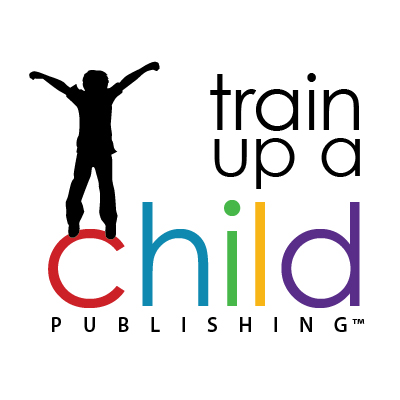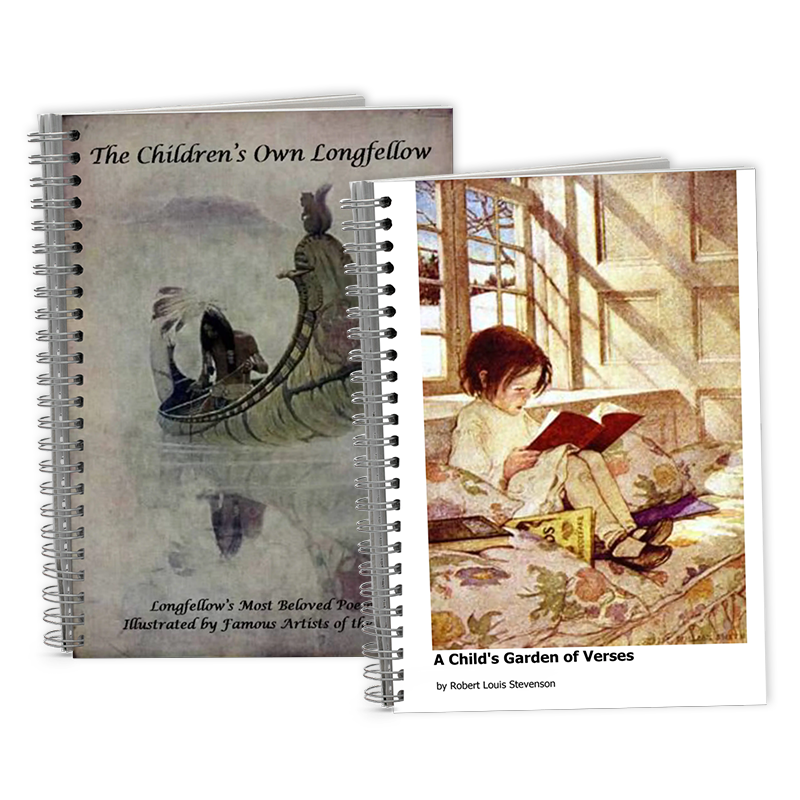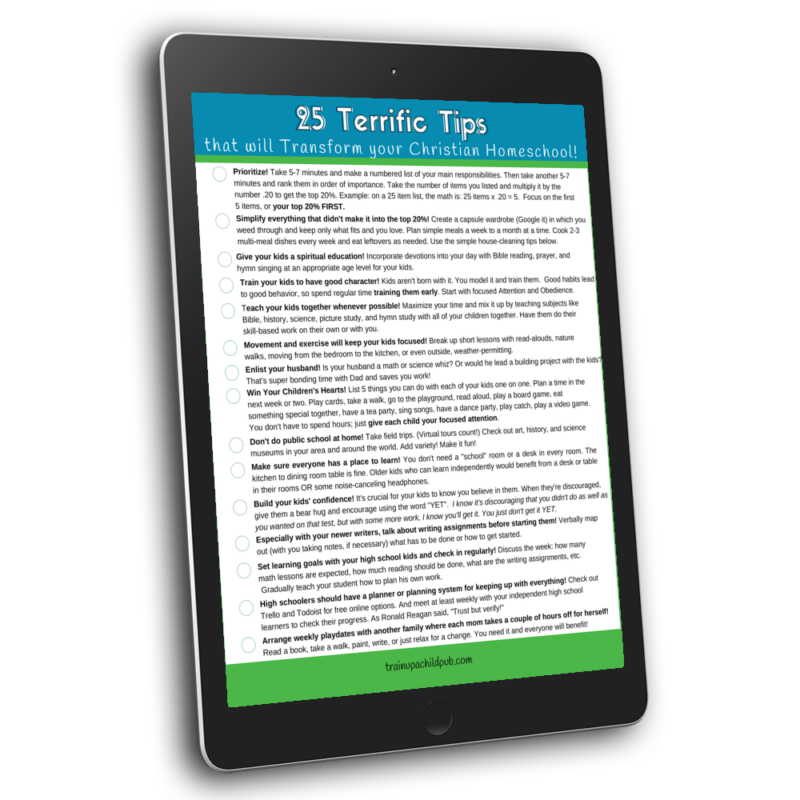Charlotte Mason Methods and Non-traditional Learning
How Do Your Children Learn Best?
Traditional learning, as most of us would agree, looks a lot like public school learning. Charlotte Mason Methods, on the other hand, are much less teacher-directed and much more focused on student interaction with what is to be learned. Therefore, Charlotte Mason’s methods are experiential in nature. So Charlotte Mason’s methods are considered non-traditional learning.
When I think about “traditional” learning, it looks like this:
- Teachers lecture.
- Students read textbooks and answer questions from said textbooks.
- Teachers create tests for students based on textbooks.
- Students have little hands-on, experiential learning.
- Students generally don’t retain what they’ve “learned” long.
Last time, we discussed Nature study as perhaps one of the most obvious of Charlotte Mason’s suggested learning methods. Of course, we are talking about being outside and actually observing nature firsthand rather than studying nature only from books. Thankfully, Charlotte Mason’s educational methods dovetail with non-traditional learning in many other ways as well!
Train up a Child in the Way HE Should Go…
Many of the public school classrooms that most of us languished in only allowed for the traditional (auditory-sequential) learners to use their gifts. Hear a lecture, read a book, and then answer questions or write a report on it. Ho hum.
But if you have homeschooled for a while, you’ve probably noticed that all of your students do not learn in the same ways, and they aren’t motivated by the same type of assignments.
Is that an understatement, or what?
As we have mentioned before, as they age, children begin to exhibit preferences for how they like to learn. Some like learning things out loud, perhaps to music or discussing ideas orally. Others need to read to learn, and are totally distracted by little brother’s humming and toe-tapping. Some think and remember best if the information is presented in picture, chart, or graph formats. And most children, especially the younger ones, need to move around to maximize their learning.
Pay attention to these details and study your children in order to allow them to let them do their best work.
Give them that opportunity by letting them use as many of their senses as possible, especially until you have identified which ones they use the most. Then, maximize it by incorporating it into their assignments regularly. They will be more engaged and cooperative when assigned work they enjoy and feel good about their ability to do!
Students Benefit by Hands-on Learning
Hands-on activities generally benefit ALL types of learners, especially those who are more ‘right-brained,’ which includes many non-traditional learners. So by allowing your students to do more hands-on activities, you are maximizing all of your kids’ abilities to learn, but you are especially giving your non-traditional learners the chance to shine.
So continue to use those ‘living books’ in your children’s home education, and have your students orally narrate. (Here’s how to teach narration.)
In addition, make sure students are not just reading and hearing; they also need to be seeing and doing.
For example:
- Have your students work on a project such as hooking a rug or dipping candles while you are reading to them about American Colonial times.
- Incorporate field trips into your school as often as possible – don’t just read about a farm; go visit one! Let your students produce a photo essay of the trip instead of a written report.
- Let your children draw pictures while you are reading to them. Let your student narrate afterward, using his pictures.
- Create mini-books/lapbooks, PowerPoint presentations, or create video “TV commercials” instead of writing traditional reports.
- Create African costumes and cook authentic African food while reading about Africa.
- Research and plan to have an evening of the Olympic Games while reading about Ancient Greece.
Other Narration Ideas
As you know, one of those foundational beliefs of Ms. Mason’s was that information was not genuinely absorbed until it was reproduced in some way, usually through verbal narration. But there are many ways to reproduce information. I would not slight that method, however, especially if your children are younger and just starting out to ‘tell back’ that which they have read or have had read to them.
But as children become older, it is especially helpful for the non-traditional learner to be able to narrate in her own way, using her own natural bents.
- Let your very visual child actually take ‘notes’ in pictures while you are reading or teaching.
- Allow more ‘hands-on’ narration, in addition to the above suggestion, such as producing a dramatization, painting a picture, or creating a poem to ‘narrate’ what has been read.An older student might illustrate a key scene in a book or even build a 3D model of it.
Charlotte Mason Picture and Music Study Suit Non-traditional Learners
By their very nature, Picture and Music Study appeal to the senses, so make sure to include them in your children’s home education. Art and/or music reach some children in a way that can’t be touched by reading. Read about Picture study and Hymn Study.
By the way, book suggestions and period music CDs are included in every unit of our Daily Lesson Plans and Unit Program Tools.
I’m so thankful that our kids can be taught the way that best suits them rather than the way that best suits the school system! Aren’t you?
If you have non-traditional learners at home, I would love to hear how YOU have incorporated Charlotte Mason’s methodology into your homeschool! Please consider leaving a comment below.
Gratefully His,
![]()



we are studying the medieval ages and we made a shield and sword form cardboard and also ate a medieval feast with our hands.
Yetti, I bet your kids LOVED eating their medieval feast with their hands. 🙂 When everyone was at home we tried to have a feast of some kind to wind up study of every historical period or geographical area, complete with costumes. Great times!
Great stuff!!! We are going to be trying a little candle-making soon (reading about Colonial times and the Revolutionary War)!
Thanks for sharing!
Hi Melissa,
I’m glad you enjoyed the post. 🙂 Have fun candlemaking. That’s perfect activity for the Colonial Period. Have fun, and thanks for sharing!